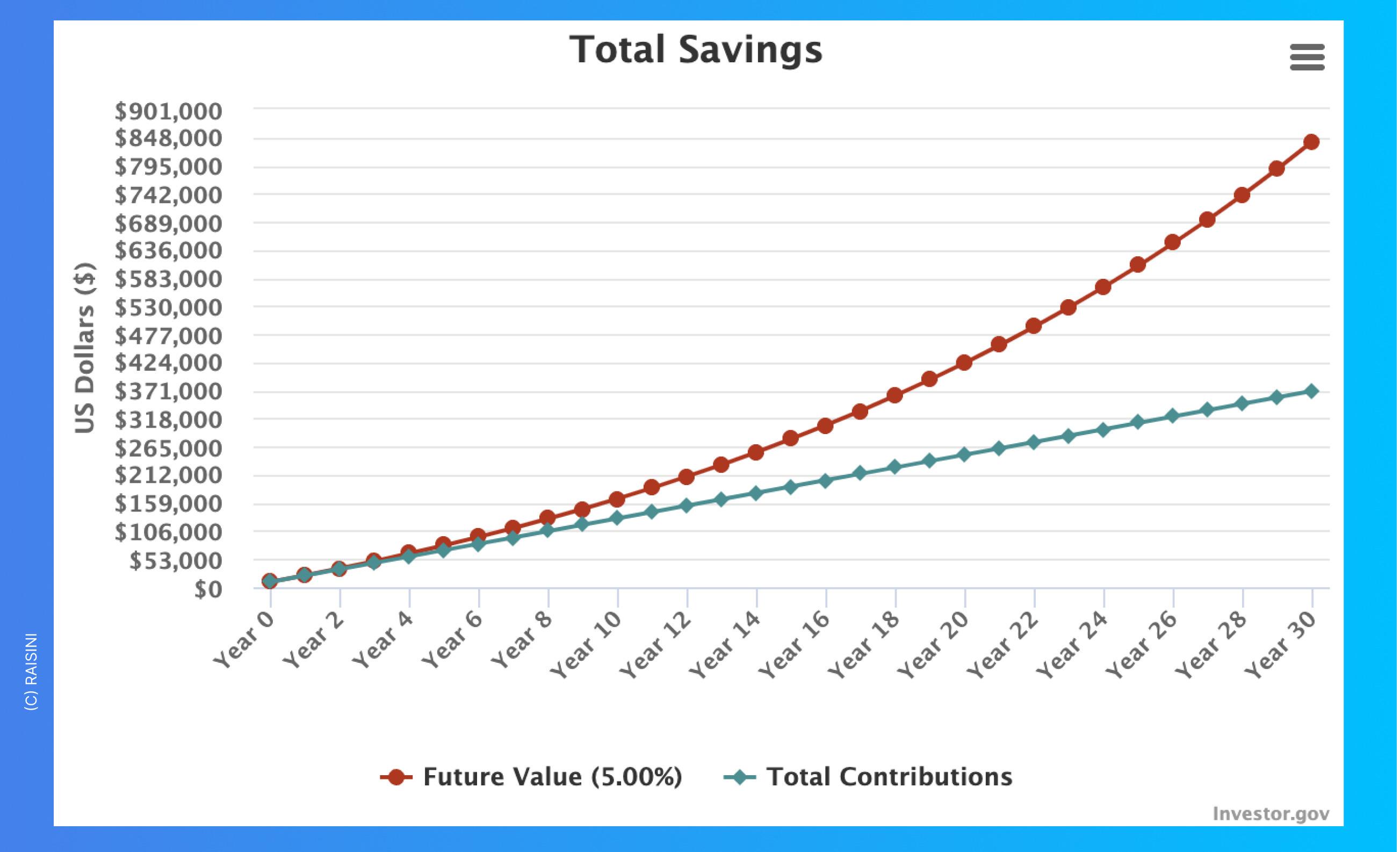AI for Business: The Complete Definitive Guide to Strategy, Implementation, & Exponential Growth

Master AI Strategy for Business. Get the definitive guide covering implementation, ethical governance, data readiness, and how to measure true, exponential ROI.
The role of AI in Business: The Definitive Guide to Strategy, Implementation, and Exponential Growth
Introduction: Why AI is No Longer Optional
The conversation around Artificial Intelligence (AI) has shifted. It is no longer about if your business should adopt AI, but how fast and how strategically you should be doing it. In 2025, AI has moved decisively out of the experimentation phase and into the core of enterprise operations, yet most organizations are still struggling to scale their pilots into measurable, enterprise-level value.
Ignoring this shift isn't just missing an opportunity; it’s an active choice to surrender competitive advantage. AI is becoming the operating system for modern business, driving efficiency, personalization, and, most critically, innovation.
This guide is your definitive blueprint. Synthesized from the most comprehensive strategies being implemented by market leaders, we will move beyond the hype and provide a meticulous, human-centric roadmap for building a trustworthy, scalable AI framework—from initial strategy to measuring true, long-term ROI.
The Current State of AI in the Enterprise
While AI adoption is widespread (nearly 90% of organizations report using AI in at least one function), the real struggle is achieving systemic impact. Key trends reveal that most companies are still in the experimenting or piloting phase, often resulting in "digital hiccups" or "pilot purgatory" where promising projects never see full deployment.
The core challenge is not the technology itself, but the lack of an integrated, strategic roadmap that ties every AI initiative directly to measurable business outcomes.
What Sets This Guide Apart
This isn't a list of cool tools. This is a strategic playbook for C-suite executives, department heads, and forward-thinking managers. We are focusing on the bidirectional alignment—how your business goals shape AI adoption, and how emerging AI capabilities should, in turn, influence your future business direction.
We will fill the gaps missed by most competitor guides, focusing heavily on governance, ethics, and the full spectrum of ROI.
Phase 1: Developing Your AI Strategy (The Why)
The most common reason AI projects fail is not technical—it is strategic. An AI strategy is your organization’s blueprint, ensuring that technology serves the business, not the other way around. It connects every single AI initiative to a clear, measurable business goal.
Defining Business Goals First (The Problem-First Approach)
Before you even think about algorithms, you must identify the business problem you are trying to solve. Strategy must always precede technology.
-
Wrong Question: "Where can we use our new GenAI tool?"
-
Right Question: "How can we cut our call center’s average handling time by 30%?" or "How can we increase forecast accuracy by 15%?"
This problem-first approach ensures that AI investment is not a cost center, but a value driver. Leaders should focus on objectives like improving operational efficiency, enhancing customer experience, or mitigating specific business risks.

Identifying AI Opportunities vs. AI Hype
An effective strategy requires a robust internal assessment, or AI Readiness Checklist, to understand what is feasible right now.
| Readiness Component | Key Questions to Ask | Required State |
| Data Infrastructure | Is our data clean, accessible, and secure? Do we have centralized data pipelines? | High-quality, governed, and structured data sources. |
| Team Skills | Do we have sufficient AI literacy? Are there data scientists or ML engineers? | Cross-functional teams and training plans for upskilling. |
| Cultural Readiness | Is the organization open to data-driven decisions? Is there fear of automation? | Culture of experimentation, learning, and cross-department collaboration. |
| Technology Stack | Can our current systems integrate via APIs? Are we cloud-ready for scale? | Modern, scalable architecture (e.g., API-first, cloud-native). |
A low score in any area suggests that foundational work, like cleaning data or improving data literacy, must happen before major implementation. Ignoring these gaps is the fastest way to land in "pilot purgatory."
Building Your AI Readiness Checklist
The strategic phase involves defining a clear AI Vision endorsed by the C-suite, and then prioritizing initiatives based on two crucial factors:
-
Potential ROI: How much value (revenue growth, cost savings, risk reduction) will this project deliver?
-
Technical Feasibility: Do we have the necessary data and infrastructure today?
Projects that score high on both factors become your quick wins—initial pilot projects designed to build internal trust, demonstrate value, and secure further funding for larger-scale initiatives.
Phase 2: Key AI Use Cases: Transforming Every Department
AI's power lies in its ability to augment human performance across all business functions. Focusing on high-impact use cases helps justify initial investment and provides measurable success stories.
Sales & Marketing: Hyper-Personalization and Revenue Growth
The days of mass marketing are over. AI is now the engine of hyper-personalization and predictive selling.
-
Predictive Lead Scoring: AI models analyze vast amounts of behavioral data (browsing history, social media interactions, content downloads) to predict which leads are most likely to convert. This allows sales teams to prioritize the hottest leads, increasing conversion rates by 10-15%.
-
Dynamic Pricing: E-commerce and service providers use AI to adjust product or service prices in real-time based on demand, competitor activity, inventory levels, and even individual customer loyalty/value.
-
Generative Content Optimization: Marketers use GenAI not just to create content, but to optimize it. For example, AI can generate dozens of ad headline variations, identify the best performing ones based on click-through rates, and continuously iterate to boost campaign ROI significantly.
Customer Service & Experience (CX): Intelligent Automation
AI moves customer service from a reactive cost center to a proactive relationship builder.
-
Intelligent Conversational Agents: Modern chatbots and voice assistants handle up to 70% of routine inquiries, freeing up human agents to focus on complex, high-value problem-solving. These agents use Natural Language Processing (NLP) and sentiment analysis to understand emotional context, leading to higher customer satisfaction.
-
Next Best Action (NBA) Recommendation: During a human customer interaction, an AI model analyzes the customer's history, current sentiment, and the context of the inquiry, providing the human agent with real-time, data-backed recommendations on the next best action (e.g., a specific offer, a troubleshooting step, or an upsell).
Operations & Logistics: Efficiency and Foresight
Operational AI focuses on eliminating bottlenecks, reducing error rates, and introducing deep foresight.
-
Predictive Maintenance: Instead of maintaining equipment on a fixed schedule, AI analyzes sensor data (vibration, temperature, pressure) to predict exactly when a machine part is likely to fail. This saves downtime, reduces repair costs, and prevents catastrophic failures.
-
Supply Chain Optimization: AI models process thousands of real-time variables (weather, political events, traffic, shifting demand) to optimize routing, inventory levels, and warehousing locations, improving forecast accuracy and reducing overall logistics costs.
Phase 3: The Step-by-Step AI Implementation Roadmap (The How)
Successful AI deployment follows a phased, methodical approach. This process is less about a single software installation and more about establishing a continuous development and governance pipeline.
Step 1: Proof of Concept (PoC) and Quick Wins
Start small. The goal of the PoC is to prove technical feasibility and business value quickly, typically within 3-6 months.
-
Focus on a Single Use Case: Choose a high-impact, manageable problem with clear, accessible data.
-
Set Measurable Benchmarks: Define what success looks like (e.g., "AI must reduce data entry errors by 40%") before the project begins.
-
Demonstrate Value: A successful PoC acts as the internal business case, securing the necessary budget and stakeholder buy-in for scaling.
Step 2: Data Preparation and Governance
Data is the lifeblood of AI. If the data is flawed, the model will be biased, inaccurate, and ultimately useless. This is often the most labor-intensive but critical step.
-
Centralization and Standardization: Integrate data from disparate silos (CRM, ERP, spreadsheets) into a clean, centralized, and standardized format.
-
Quality and Audit: Implement automated data validation checks to ensure accuracy, completeness, and consistency. Garbage In = Gospel Out (GIGO) is a fatal flaw in AI.
-
Data Provenance: Document the source, cleaning process, and transformation of every dataset to maintain transparency and auditability.

Step 3: Tool Selection & Integration (Build vs. Buy)
The decision to Build a custom model or Buy an off-the-shelf solution depends on your needs:
| Option | Pros | Cons | Ideal For |
| Buy (SaaS) | Faster time-to-market, lower upfront cost, instant maintenance. | Less customization, relies on external vendor roadmap. | Common tasks (CRM integration, HR screening, chatbots). |
| Build (Custom) | Proprietary solution, maximum competitive advantage, perfect fit for niche needs. | High cost, requires in-house data science/MLOps team, longer timeline. | Core business drivers, unique IP, sensitive data tasks. |
Regardless of the choice, seamless integration with legacy systems via modern APIs is essential for scalability.
Step 4: Training and Change Management
Technology adoption is a people problem, not a technology problem.
-
AI Literacy: Provide training to non-technical staff on what AI does and how it affects their jobs. Reduce the fear of replacement by framing AI as an augmenter—a tool that automates routine tasks, allowing humans to focus on high-value, creative, and strategic work.
-
Workflow Integration: Redesign operational workflows around the AI system. The AI must fit naturally into the employee’s existing day-to-day work, not serve as a separate, clunky system.
-
Champion Network: Identify enthusiastic employees across departments to champion the AI tool. Their success stories and positive feedback are invaluable for driving widespread adoption.

Navigating the Ethical and Governance Landscape (The Responsibility)
True AI authority is built on trust. In 2025, robust AI governance is not a compliance exercise; it is the foundation for responsible and sustainable innovation. This is where your article must beat the competition in depth.
Defining Ownership and Accountability
Clear accountability is non-negotiable.
-
AI Governance Body: Establish a cross-functional committee involving representatives from Legal, Risk, Compliance, IT, and Business Operations. This body sets policies and oversees all AI initiatives.
-
RACI Matrix for AI Lifecycle: Define roles (Responsible, Accountable, Consulted, Informed) for every stage of the AI lifecycle—from data collection and model development to deployment and ongoing monitoring. This prevents the dangerous scenario where "everyone owns AI, but no one is accountable for its failures."
Transparency, Explainability (XAI), and Bias Mitigation
Regulators and end-users increasingly demand visibility into how AI makes decisions, especially in high-stakes areas like lending, hiring, or healthcare.
-
Explainable AI (XAI): Deploy tools and techniques that shed light on a model’s decision-making process. While "black box" models may be more accurate, interpretability is critical for building trust and meeting compliance requirements.
-
Model Cards and Documentation: For every AI model deployed, create a Model Card that documents its intended use, training data limitations, ethical considerations, and performance metrics. This ensures transparency and traceability.
-
Continuous Bias Audits: Bias is often accidentally embedded in the training data (e.g., historical hiring data reflecting past discrimination). Automated and manual audits must be run pre- and post-deployment to detect and correct algorithmic bias and ensure fairness.
Data Privacy, Security, and Compliance
The regulatory landscape is accelerating (e.g., EU AI Act, GDPR, HIPAA). Governance by design is the only way to manage this risk.
-
Privacy-by-Design: Embed privacy and security checks directly into the development workflow (Governance-as-Code). This prevents legal exposure by ensuring compliance is automatic, not an afterthought.
-
Human-in-the-Loop (HITL): For critical or sensitive decisions, ensure there is always a human with the authority to review, override, or intervene in the AI system's recommendation. This is crucial for accountability and error correction.
-
ISO/IEC 42001:2023: Adopt this international standard for AI management systems. It provides a formal framework for managing risks and ensuring transparency, giving your clients and partners confidence in your processes.
Measuring Success: Calculating the True ROI of AI
The biggest mistake executives make is measuring AI like traditional software, focusing only on short-term cost savings. AI's true return is strategic and compounding. We must adopt a multi-dimensional framework.
Beyond Cost Savings: The Four Dimensions of AI ROI
While operational efficiency (Level 1) provides quick justification, the real competitive advantage lies in Level 3 and Level 4 ROI.
| ROI Dimension | Core Question | Example Metrics to Track |
| Level 1: Efficiency (Short-Term) | What did we make faster or cheaper? | Time saved per process, reduction in manual errors (e.g., 50% fewer invoice processing hours). |
| Level 2: Effectiveness (Medium-Term) | What did we make smarter or better? | Sales forecast accuracy rate, customer conversion rate increase, defect detection accuracy. |
| Level 3: Risk & Compliance (Long-Term) | What risks did we prevent or mitigate? | Fraud incidents prevented, compliance audit pass rates, data breach recovery time. |
| Level 4: Strategic & Innovation (Exponential) | What new opportunities did we create? | Revenue from new AI-enabled products, new customer segments reached, speed-to-market for R&D. |
-
Mistake to Avoid: Ignoring the compounding ROI effect. AI models are assets that improve with every data point, unlike machines that depreciate. The ROI curve is exponential, not linear. Companies that give up after six months miss the explosive gains that occur years later as their model perfects itself.
The Practical Measurement Framework
To track these dimensions accurately, you need to establish clear baselines:
-
Establish Baselines: Quantify current performance (e.g., "Our sales forecast accuracy is 65%," "Customer churn is 12%") before implementation.
-
Track Intangibles (Soft ROI): Use qualitative metrics like Customer Satisfaction (CSAT) scores, employee engagement, and decision-making speed, which are powerful leading indicators of long-term revenue growth.
-
Use Strategic KPIs: Instead of just measuring automation rate, measure the impact of that automation—e.g., "Time-to-decision for loan approvals reduced from 3 days to 3 minutes."

Conclusion: Your Future-Proof Business
The journey to becoming an AI-driven business is not a single project, but a commitment to continuous, strategic transformation. By focusing on a problem-first strategy, building a rigorous implementation roadmap, and grounding every initiative in a robust ethical governance framework, your business moves beyond mere "adoption" and achieves true AI maturity.
Your superior content, which covers the strategic 'why,' the detailed 'how,' the critical 'governance,' and the full-spectrum 'ROI,' is the definitive guide the market needs.
Next Steps and Continuous AI Improvement
Your organization’s success will now depend on agility:
-
Pilot New Capabilities: Stay current with advancements like agentic AI (systems that autonomously plan and execute multi-step workflows).
-
Iterate and Optimize: Continuously monitor model performance for drift (when data or outcomes change) and retrain models to ensure ongoing accuracy.
-
Invest in Literacy: Maintain a strong culture of learning, ensuring every employee understands their role in the AI ecosystem.
Final Call to Action (CTA)
Stop experimenting and start executing. Use this definitive guide to launch your AI strategy today.
Begin your AI readiness audit now to secure your competitive advantage.





